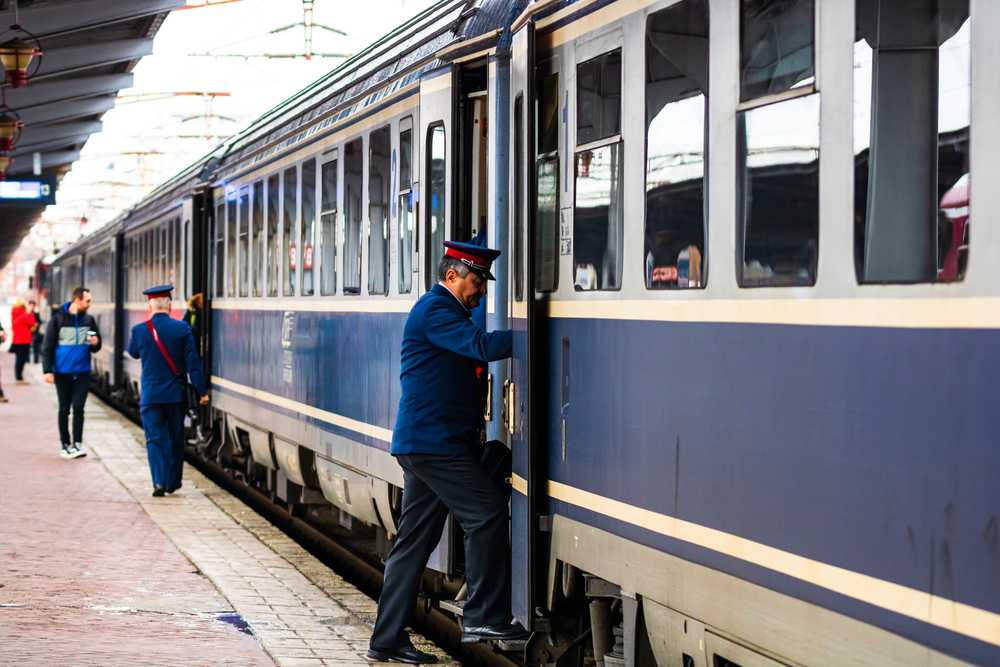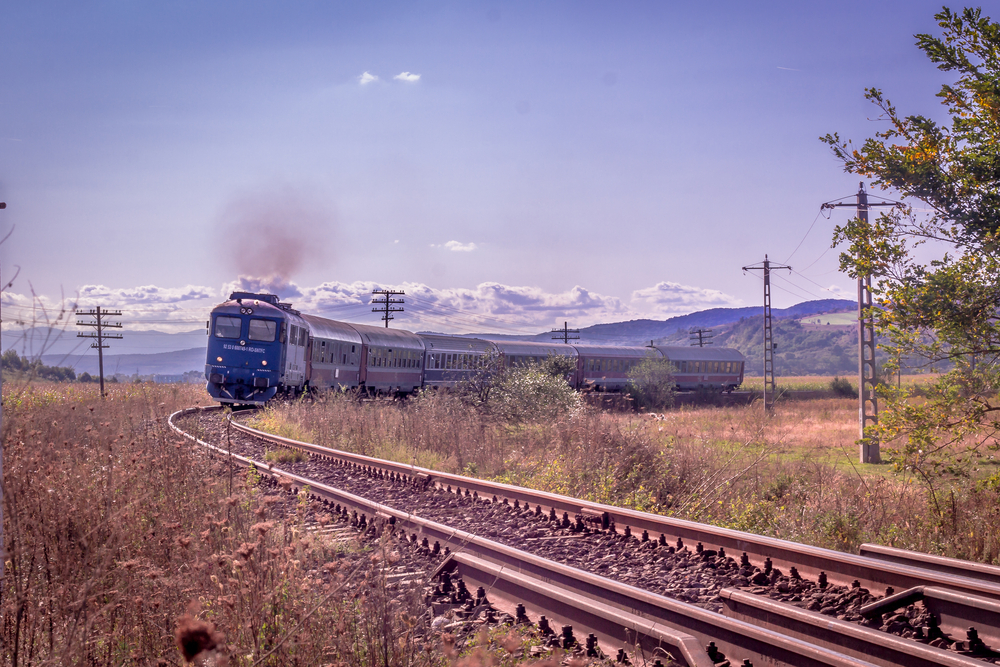
"Gara de Nord", Bucharest - © Vlad Ispas/Shutterstock
Poor infrastructure, little maintenance. The Romanian railways are in bad shape even though the network is among the longest in Europe. Will the local PNRR reverse course?
Romania has one of the largest – and at the same time the most obsolete – railway networks in Europe. With a total length of 20,077 km, it ranks seventh in the EU.
However, the infrastructure and its equipment require modernisation and maintenance – urgencies that do not appear to be among Bucharest's priorities, since trains now "reach" an average speed of just 43 km/h.
The Romanian press often compares such "speed" with that achieved during the Communist regime, that is, before 1989, as trains at the time, although not perfect, still went faster than today.
Going by train from capital Bucharest to Timișoara, for example, takes about ten hours. There are two options: state railway operator CFR which takes 9 hours and 49 minutes or a private train which takes 10 hours and 9 minutes. A minimal difference with few timetable options.
According to the Adevarul newspaper citing Agifer – a state agency that investigates railway accidents – 141 railway accidents were recorded in Romania in the period from January 1, 2017 to July 1, 2021. The vast majority was caused by the state of the infrastructure: out of 141 recorded railway accidents, only 2 were caused by the inadequate state of the trains.
In the dockyard
The maximum speed that a train can reach in Romania is between 140-160 km/h, but only on some sections that make up about 5% of the railway network. The Tomis Express is the fastest long-distance train and runs the Brasov-Constanta line (on the Black Sea) in 4 hours and 14 minutes with an average speed of 92 km/h for a total of 391 km.
However, some construction sites are open. The slow pace of progress does not give hope for inaugurations during the summer, but for 2023 the authorities have announced the opening of approximately 153 km of modernised railway network – unfortunately, still little compared to the extension of the network.
As regards the so-called high speed, which does not exist to date, the government has approved a first project that should connect the port of Constanta to Budapest via Bucharest and Sibiu by 2026. The works would amount to 17 billion Euros, financed by the National Recovery and Resilience Plan with EU funds.
In recent years, there has therefore been no shortage of projects – like for example the one financed thanks to the EU cohesion policy which strengthens transport between Romania and Hungary – but always too little action compared to needs. Now we need to change gear. This is also stated in a study by the Friedrich Ebert Stiftung Foundation published in March 2021. Titled "PNRR and the Railways – a historic opportunity to cover the deficit of sustainable transport in Romania", the study sets as priorities modernisation, electrification, and the digitisation of at least 1000 km of suburban and urban railway infrastructure as well as the connection of the freight railway network to the industrial structures of the main Romanian exporters.
Interest seems to have increased also at the government level: the modernisation of the railway network is defined as a priority in the National Energy and Climate Change Plan (2021-2030) with the aim of moving 30% of road freight transport over distances of over 300 km to other types of transport such as rail or sea, while by 2050 Romania should be able to join the European high-speed network. In any case, according to the OECD – quoted by the newspaper Adevarul – at European level Romania is among the countries that allocate fewer resources to the railway sector, largely surpassed by Croatia, Poland, or Hungary.
Is the future hydrogen powered?
In the meantime, the Bucharest government has approved the purchase of 12 hydrogen trains with 160 seats each, for a value of approximately one billion Euros. This project is also funded by the PNRR. The infrastructure necessary for their operation does not yet exist but "it is foreseen in the project", assured Transport Minister Sorin Grindeanu. When everything is ready the trains will connect the capital with neighbouring counties such as those of Arges or Dambovita. Suffocated by traffic and pollution, capital Bucharest is waiting for the metropolitan train. The conclusion of the works (that have not started yet) is expected in stages by 2026-2027.
The state of the Romanian railways in recent years and the infinite travel times have prompted many citizens to opt for the numerous private bus companies or to prefer private cars, including to reach numerous tourist destinations without a functional railway infrastructure that meets at least minimum standards. Failure to invest in the railway network has in fact led to serious consequences in many sectors of the country's economy.
This content is published in the context of the "Work4Future" project co-financed by the European Union (EU). The EU is in no way responsible for the information or views expressed within the framework of the project. The responsibility for the contents lies solely with OBC Transeuropa. Go to the "Work4Future"


















 To Top
To Top